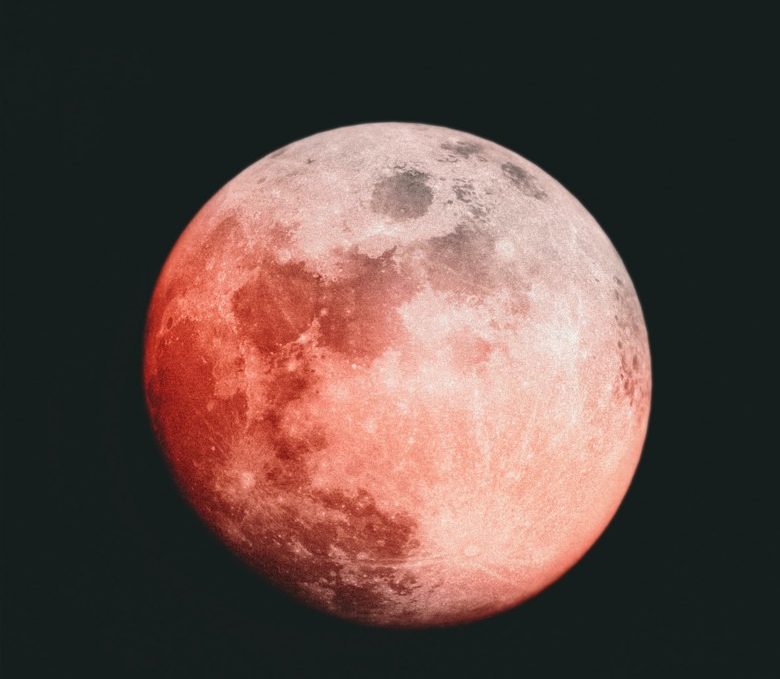A brighter autumn sky: explaining the science behind the Harvest Supermoon
Whenever there is a supermoon in the sky, people all around the world gather to witness the impressive lunar event. In some Asian countries, the Harvest Moon is celebrated with festivals, be it the Chinese Mid-Autumn Festival or people in Japan gathering for Tsukimi (which translates as ‘moon-viewing’). This year’s Harvest Supermoon was no exception. In Korea, Chuseok (their ‘moon-viewing’) even has its own bank holiday spanning multiple days.
Besides a Nintendo game and a song by Neil Young, few of us know what a harvest supermoon is. The harvest supermoon is a full moon that happens closest to the Autumn Equinox, which marks the astronomical start of autumn in the northern hemisphere, where day and night are roughly the same length. This year, the Autumn Equinox occurred on September the 23rd, making the full moon on 29 September a Harvest Moon. A physical metaphor for the changing of seasons, it is assumed that the origins of this nickname are linked to autumn being the season of harvest. More specifically, it stems from less industrialised times, without automated agriculture, when farmers relied on the light of the full moon to manually bring in crops after dark.
Incidentally, this year’s Harvest Moon was also a supermoon. You might have heard this colloquial term floating around this summer, with four supermoons between July and September. The scientific expression for referring to such an event would be ‘perigee-syzygy of the Earth-Moon-Sun system’.
a full moon that occurs particularly close to the Earth’s surface,
To put it simply, a supermoon is a full moon that occurs particularly close to the Earth’s surface, where the moon’s elliptical orbit results in fluctuating distances to the earth’s surface. Unlike a circle, an ellipse has not one, but two centres, and while the sum of the distance between a point on the ellipse and the centres always remains the same, the distance from each of the centres varies depending on where exactly a point is located. You might remember experimenting with a board, a piece of string, two nails, and a pencil at school or at a science museum — this is a useful way of illustrating how ellipses work.
If you imagine the Earth as one of the centres and the orbit of the Moon as the ellipse, there is a point where, at a distance of 225,623 miles, the Moon is closest to Planet Earth (and furthest from the other, imaginary centre). This is called perigee (or periapsis, if you want to refer to celestial bodies and their positions in relation to each other more generally). Similarly, there is a point called apogee (or apoapsis), where, at a distance of 252,088 miles, the Moon is furthest from the Earth.
Tides are also noticeably more extreme, increasing the risk of coastal flooding
For a full moon to be considered a supermoon, it needs to be at perigee — that is, as close to the Earth as it can be. In practice, however, the definition of what constitutes a supermoon is often extended to include full moons that come within 90 % of the perigee. For spectators on Earth, the Moon’s proximity during a supermoon means that it appears up to 14 % bigger than usual and is remarkably bright. Tides are also noticeably more extreme, increasing the risk of coastal flooding. And of course, whether the Moon is full or not depends on its position in relation to the Earth and the Sun: a full moon occurs when the Moon is on exactly the other side of the Earth as the Sun, allowing full exposure to the sun. Conversely, when the Sun and the Moon are on the same side of the Earth, the Sun’s light hits the Moon from behind, thus it remains dark (a new moon). This is what the term ‘syzygy’ refers to: the Sun, Earth, and Moon all arranged in a straight line to create a full moon.
Since two conditions need to be met simultaneously for a supermoon to occur (the Moon must be both full and at perigee), this is a rare lunar event that only happens three to four times per year. The next supermoon will be on 19 August 2024.
September’s Harvest Supermoon might have been the last supermoon of 2023, but by no means is it the last celestial event to take place this year, with both meteor showers and shooting stars to look forward to. Turn your eyes to the skies to witness the Leonids meteor shower on 17 and 18 November, and the Geminids meteor shower on 13 and 14 December. And don’t forget, make a wish!

Comments